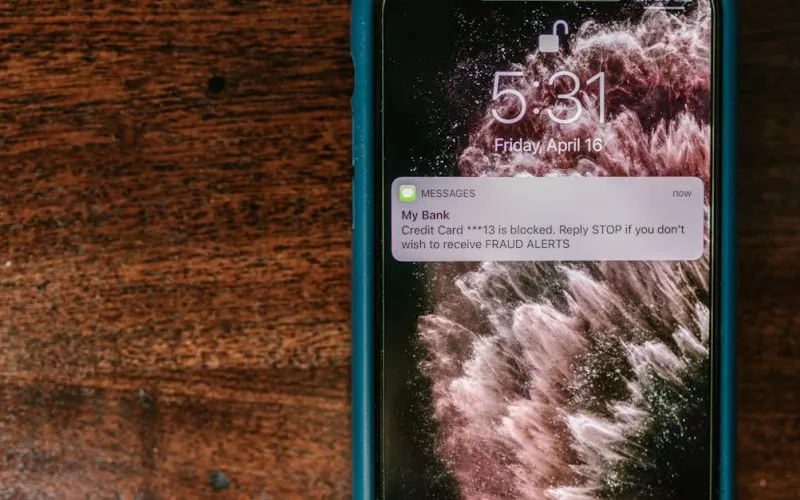Table of Contents
ToggleEver found yourself wondering what your ex or that one persistent friend has been saying after you hit the dreaded block button? You’re not alone. Many iPhone users have been there, shaking their heads at the thought of missed messages while sipping their coffee. It’s like having a secret diary filled with juicy gossip that you can’t read!
Understanding Blocked Messages on iPhone
Blocked messages on iPhone represent a system designed to enhance user control over communication. When a user blocks a contact, incoming messages from that individual no longer appear in the Messages app. Instead, the messages are effectively hidden from view, creating a sense of privacy.
Messages blocked by a user remain inaccessible within the standard messaging interface. Users don’t receive notifications for these messages, signifying the complete halt in communication for that specific contact. Curiously, while blocked messages sit outside immediate reach, there’s no official way to view them within the iPhone’s settings or apps.
Alternatives exist for users seeking closure or curiosity. External applications or features may offer some insights. For example, certain third-party messaging apps might allow users to track blocked contacts if permissions are granted. However, these solutions do not reflect the native iPhone experience and may vary significantly in functionality.
Apple prioritizes user privacy, emphasizing protection over unrestricted access to blocked communications. This approach reinforces a clear boundary between users and unwanted messages, making it simpler to manage personal interactions.
Understanding blocked messages involves recognizing the need for peace of mind in digital communication. Users may experience a sense of curiosity about what blocked contacts may say, yet privacy takes precedence. Maintaining this balance aligns with many users’ needs for both security and personal choice in their communication experiences.
Methods to View Blocked Messages
Many iPhone users wonder about messages they cannot see after blocking contacts. Current iOS features do not allow access to those hidden conversations directly, but users can explore alternative methods.
Using the Message App
The Messages app doesn’t show blocked messages. However, some users check if the contact is still blocked. They can do this by navigating to the blocked contacts list in Settings, selecting Messages, then Blocked Contacts. This view confirms whether the individual remains blocked but offers no insights on unread messages.
Checking Call Logs
Users can review call logs to gain context about blocked contacts. Checking recent calls in the Phone app might reveal missed calls or text messages from the contact. If a name appears, the contact remains blocked in Messages. Users cannot access the content of blocked texts, but understanding recent interactions might provide perspective on whether further action is necessary.
Third-Party Applications
Third-party applications provide alternative ways to explore blocked messages on an iPhone. These apps offer insights beyond what the native Messages app allows.
Overview of Available Apps
Several applications serve specific functions, assisting users in managing blocked contacts. Some of these tools include SMS Blocker, Truecaller, and Mr. Number, which offer features like call and message identification. SMS Blocker filters unwanted messages, while Truecaller identifies unknown callers and texts. Mr. Number focuses on blocking spam calls and messages, notifying users when blocked contacts attempt to reach them. Each option comes with unique functionalities designed to enhance communication control.
Pros and Cons of Using Third-Party Solutions
Using third-party solutions presents both advantages and disadvantages. Enhanced capabilities allow users to manage communications more effectively. Many of these apps can identify blocked messages or calls, providing more context. They often feature comprehensive block lists and customizable settings. However, privacy concerns arise when sharing data with external apps. Each application might vary in reliability, and not all offer access to blocked message content. Balancing benefits against privacy risks remains crucial for users considering this route.
Important Considerations
Understanding the implications of blocked messages on an iPhone is essential for maintaining communication preferences and privacy. Users should keep in mind several key factors related to security and the potential consequences of unblocking contacts.
Privacy and Security
Privacy concerns significantly impact choices regarding blocked contacts. Apple’s strict privacy policies protect user data and reinforce boundaries against unwanted communication. Third-party applications that promise to provide insights into blocked messages may pose risks, as sharing data with these apps can expose personal information. Users must carefully consider whether the benefits of enhanced functionality outweigh potential privacy issues. It’s crucial to maintain a prudent approach to privacy settings, ensuring that control over communication remains intact.
Potential Consequences of Unblocking
Unblocking a contact may lead to unforeseen social dynamics. Upon unblocking, users receive all previously missed messages sent during the block period, often resulting in unexpected conversations. It might also reopen avenues for unwanted communication. Relationships could change once contacts are re-enabled, creating emotional or social challenges. Therefore, assessing the necessity and impacts of unblocking can help users navigate their communication landscape more effectively. The decision often requires thoughtful consideration of not only immediate effects but also long-term consequences on personal connections.
Understanding how to navigate blocked messages on an iPhone offers users a clearer perspective on their communication choices. While curiosity about missed messages from blocked contacts is natural, it’s essential to prioritize privacy and control over interactions. Users must weigh the benefits of potential insights against the risks associated with third-party applications.
Deciding to unblock a contact can lead to unexpected consequences that may impact personal relationships. By remaining mindful of these dynamics and maintaining a careful approach to privacy settings, individuals can ensure their communication preferences align with their emotional well-being. Ultimately, it’s about finding a balance that suits one’s needs while safeguarding personal boundaries.





